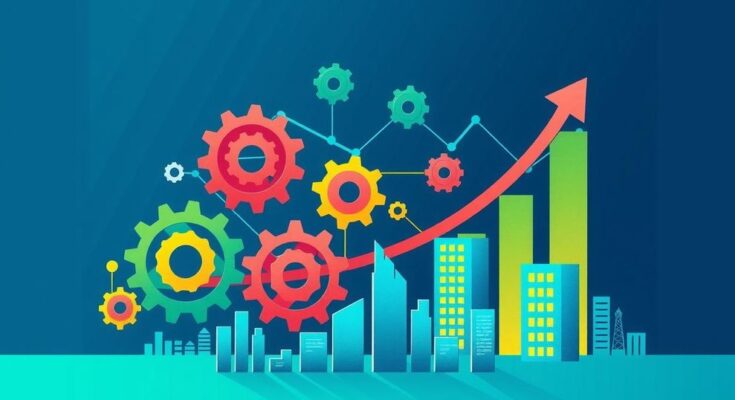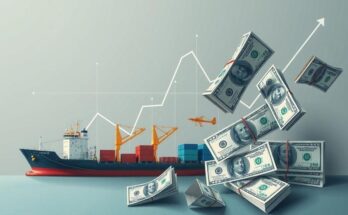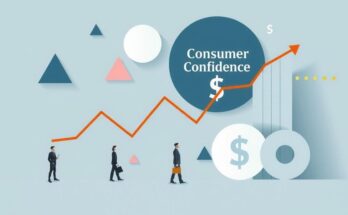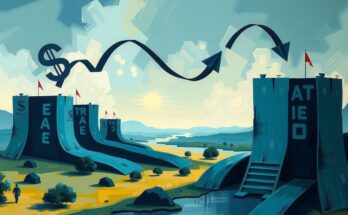Recently, I participated in a track 1.5 dialogue in Paris, engaging with our European, Japanese, and Canadian allies. The discussion on economic security shifted to concerns regarding the Trump 2.0 policy agenda. Many are questioning if the U.S. administration’s broad actions across various sectors—such as trade, technology, and immigration—will disrupt the economic order that has historically been shaped by American leadership. We ponder whether this will lead to a significant shift in U.S. economic relations with allies and rivals alike.
At the same time, Vice President Vance was at the AI Action Summit, making a strong case for an American-led approach to artificial intelligence. He advocated for fostering innovation over stringent regulations, echoing a break from previous administration policies. His emphasis on utilising American-designed chips in AI and supporting “pro-worker AI growth” resonates with ideas from the Biden administration, reminding us that addressing technology deployment is vital for neglected communities.
Despite a commitment to national goals, the effectiveness of the mix of policies proposed by the Trump administration remains uncertain. The combination of a laissez-faire stance on AI with aggressive tariffs poses questions about the future of U.S. leadership in technology. While navigating through these policies, which will influence the market deeply, time will reveal their true impact on both consumers and producers.
Evaluating these policies raises concerns about their implications for innovation and growth in technology. While tariffs could potentially be used strategically, the likelihood is that they will instead inflate production costs, hitting energy expenses hard and driving up retail prices for consumers. Moreover, measures like China’s export controls can significantly hinder U.S. advancements in chip and electric vehicle production, challenging the objectives laid out by Vice President Vance.
The current pace and scale of the Trump administration’s reform agenda requires a robust government response, which in turn necessitates a complex restructuring of public sector capacities. Under the Department of Government Efficiency, considerable workforce changes have already occurred, including the termination of thousands of federal employees and the closure of long-standing agencies, all in a bid to reclaim efficiency.
While there are valid criticisms regarding DOGE’s methods, it is apparent that reforming government structures has become imperative. Enhancing efficiency and aligning skills within the federal workforce is crucial for addressing contemporary economic and national security demands. Nevertheless, a rushed and unclear strategy can lead to unintended setbacks that further complicate these reform efforts.
During my two decades at the World Bank, I learned that the reform process is equally as significant as the reform goals themselves. Successful reforms depend on a clear government vision and the public’s trust in civil servants who serve their needs. Without this trust, even the most well-intentioned reforms may falter.
My experience in Paris left me with lingering questions about the U.S.’s policy directions, technological competitiveness, and future growth prospects. The current aggressive changes in administration policy will undoubtedly yield complex outcomes that merit careful monitoring. Our team continues to investigate how these shifts impact economic relations with partners and opponents, further analysing their implications across various sectors.
The ongoing Trump 2.0 policy agenda sparks concern among allies about its impact on global economic order and U.S. leadership. At an AI summit, Vice President Vance argued for AI innovation while ensuring American chips play a crucial role. The mix of deregulation and tariff strategies will challenge the technological ecosystem and might inflate costs, complicating outcomes. Effective reforms rely on building public trust to ensure successful implementation of these sweeping changes.
In summary, the ongoing reform agenda under Trump 2.0 raises critical questions about its potential effects on the U.S. economy, technology leadership, and international relations. While there is hope that tariffs and policy changes may recalibrate U.S. competitiveness, the resulting impact on production costs and consumer pricing could complicate objectives. Moreover, successful implementation of any reforms hinges on a robust, transparent approach that fosters trust and alignment with the public’s needs.
Original Source: www.csis.org



